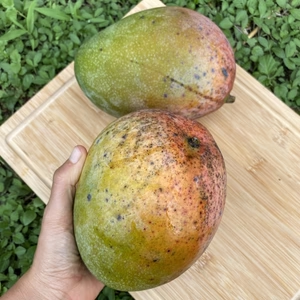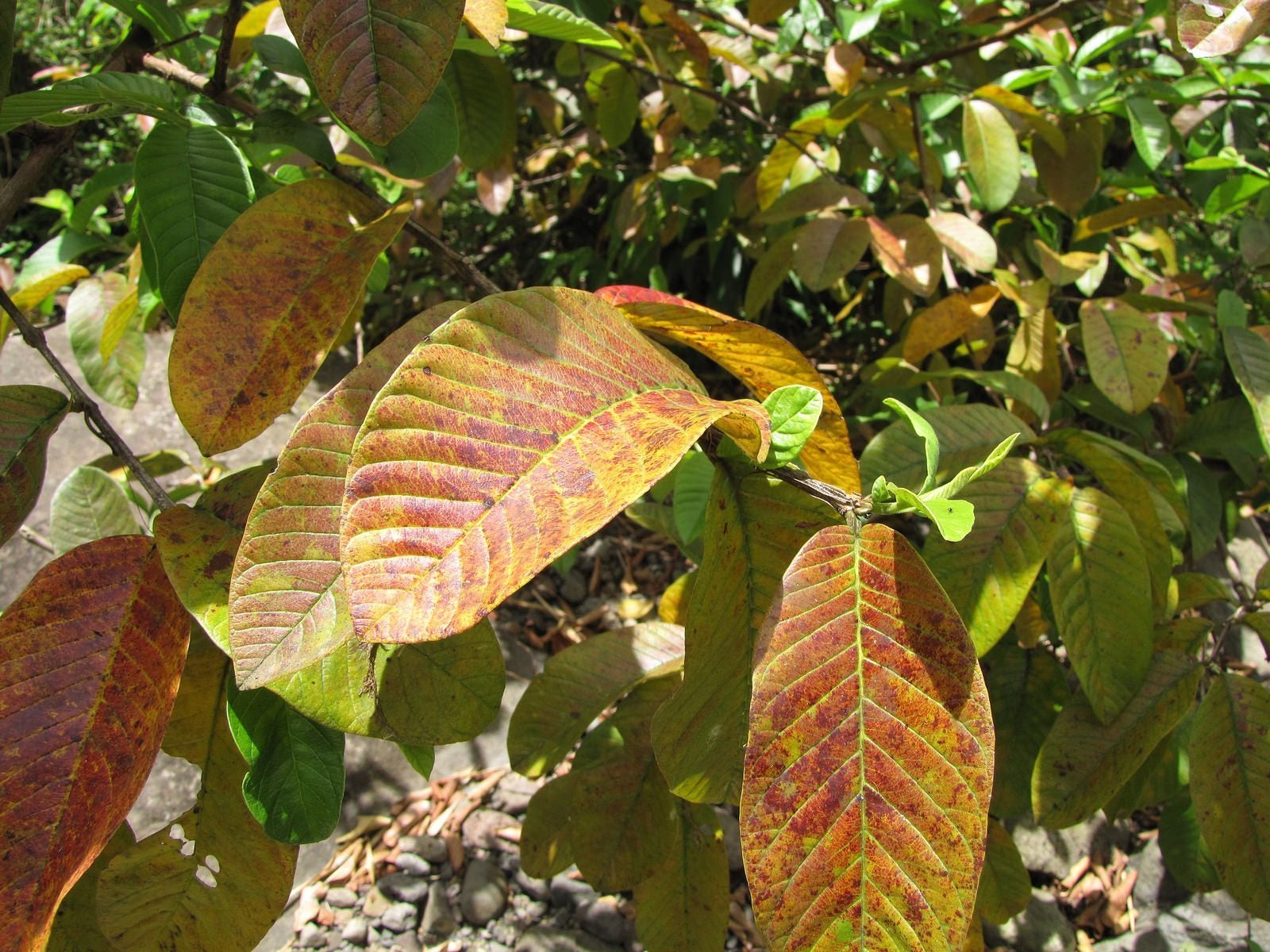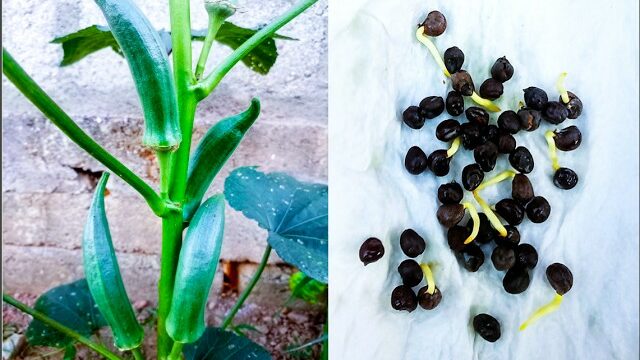
Aloe vera, known for its incredible health benefits and easy care, is a popular plant that you can grow in your own home. If you’re in the 45-65 age range and looking to cultivate a thriving aloe vera plant, this friendly guide is for you. Let’s explore some secrets to help your aloe vera grow quickly and healthily.
1. Provide Plenty of Sunlight
Did you know? Aloe vera plants love sunlight! To ensure your plant flourishes, place it in a spot where it can bask in at least six hours of direct sunlight each day. If you have a south or west-facing window, that’s an ideal location. If you’re growing aloe vera outdoors, make sure it’s in a sunny spot.
2. Use Well-Draining Soil
A crucial factor in the success of your aloe vera plant is using well-draining soil. Opt for a cactus or succulent potting mix, or create your own by combining regular potting soil with sand or perlite. Good drainage is essential to prevent root rot, which can be harmful to aloe vera.
3. Water Sparingly
Being a succulent, aloe vera stores water in its leaves. You should water the plant deeply but infrequently, allowing the soil to completely dry out between waterings. It’s important to avoid overwatering, as this common mistake can lead to root rot. So, remember, less is more when it comes to watering your aloe vera.
4. Fertilize Lightly
Aloe vera doesn’t require excessive fertilization. Feed it with a diluted, balanced fertilizer once a month during the growing season, which typically spans spring and summer. However, refrain from fertilizing during winter when the plant’s growth slows down.
5. Ensure Proper Pot Size
When your aloe vera plant outgrows its pot, it becomes root-bound, and its growth rate slows down. To keep it thriving, repot your aloe vera every couple of years into a slightly larger pot that allows for growth. Ensure the new pot has drainage holes to prevent waterlogging.
6. Remove Offsets
Over time, aloe vera produces offsets, or “pups,” which are small offshoots that grow around the base of the parent plant. By removing these pups and planting them in their own pots, you can not only propagate new aloe vera plants but also prevent overcrowding.
7. Protect from Extreme Temperatures
Aloe vera prefers temperatures ranging between 55°F and 80°F (13°C and 27°C). It’s crucial to shield your plant from both frost and extreme heat, as they can cause damage. If you reside in a colder climate, bring your aloe vera indoors during the winter months.
8. Prune Dead Leaves
To maintain the overall health and appearance of your aloe vera, periodically check for dead or damaged leaves and remove them. Use clean, sharp scissors or pruning shears to prevent introducing bacteria to the plant.
In conclusion, by following these simple tips, you can ensure your aloe vera plant grows quickly and produces abundant offspring. Providing plenty of sunlight, using well-draining soil, and watering sparingly are key factors in the thriving of your aloe vera. With a little care and attention, your aloe vera will reward you with its beauty and health benefits. Happy growing!




